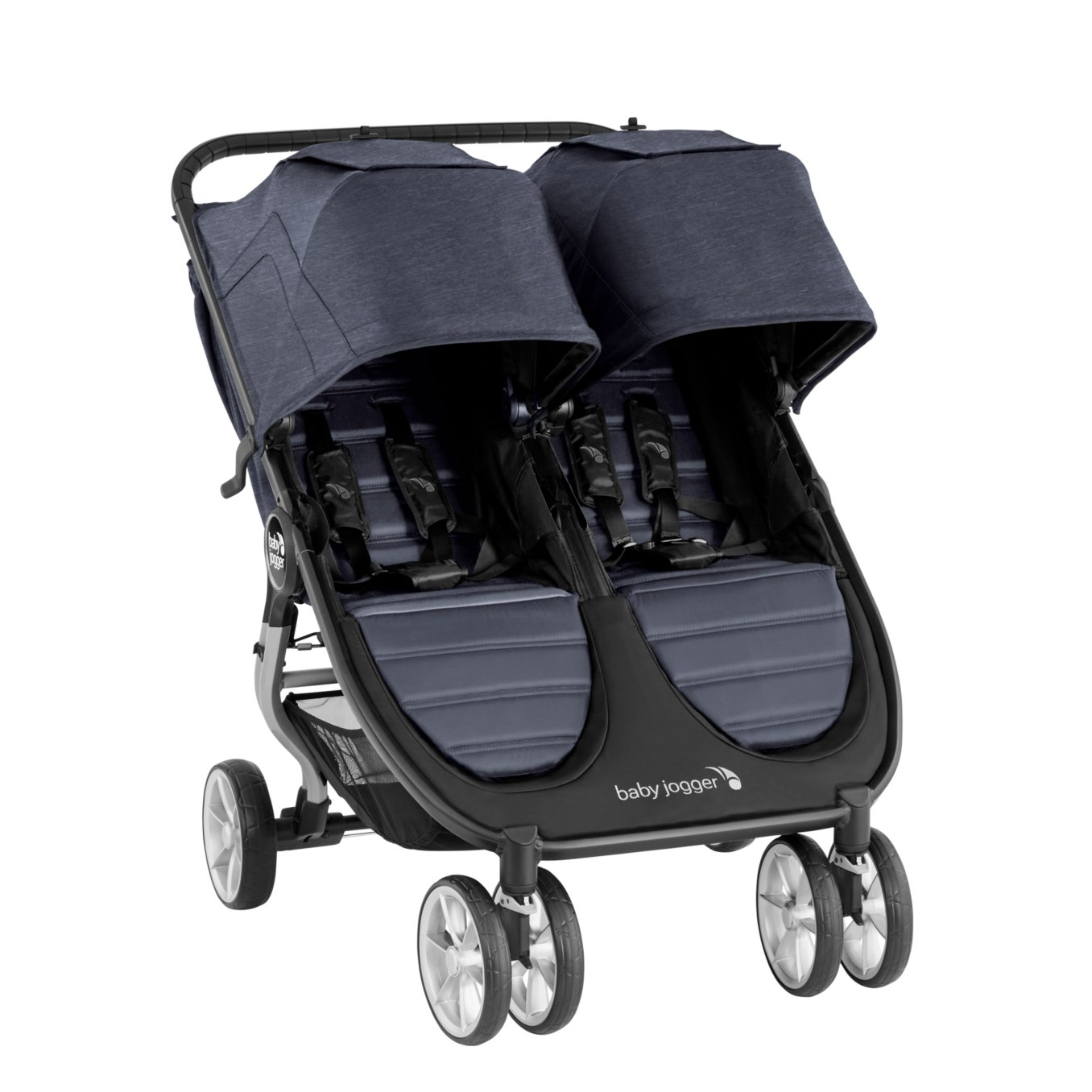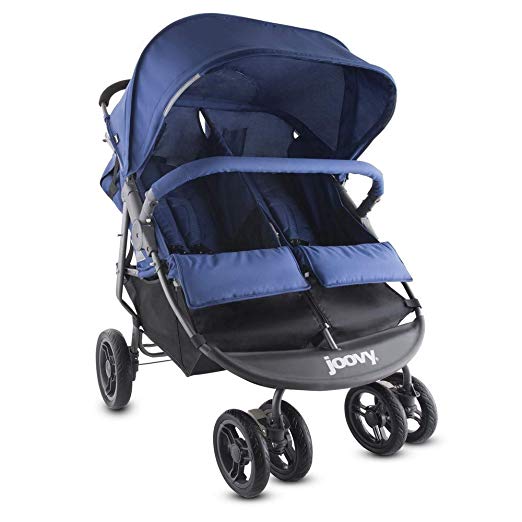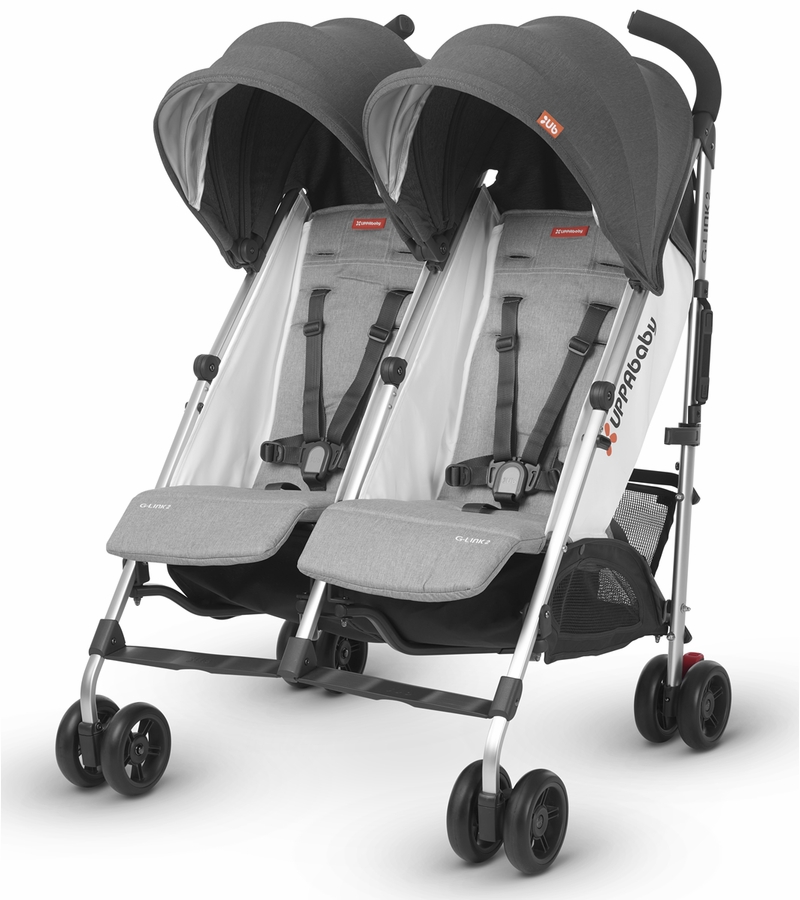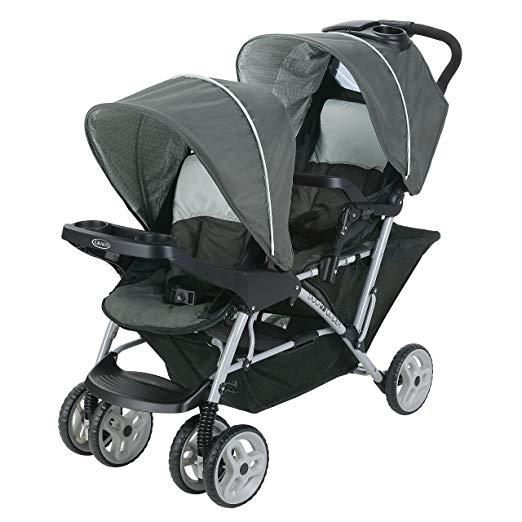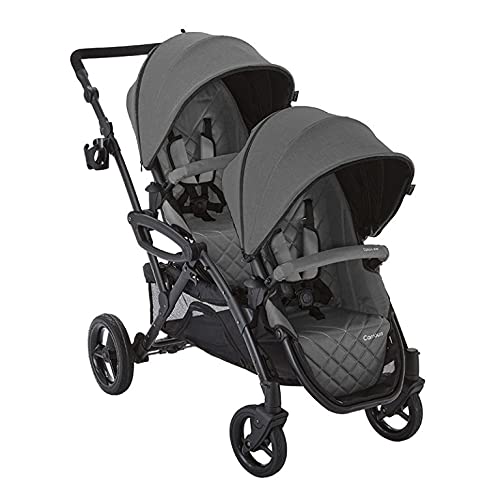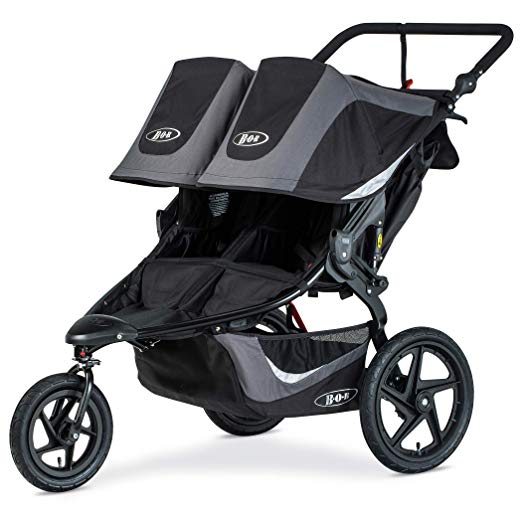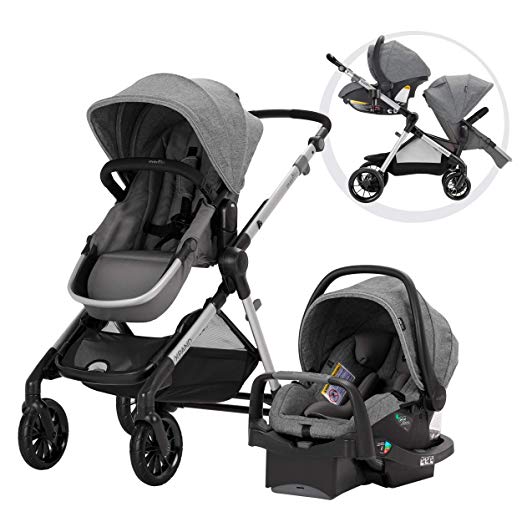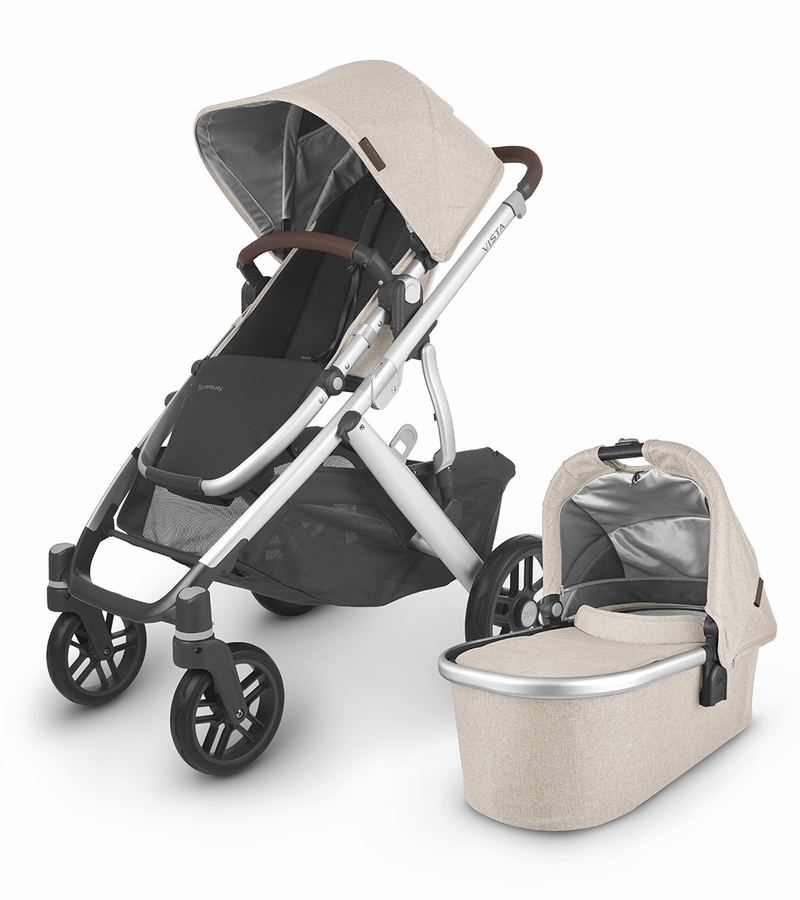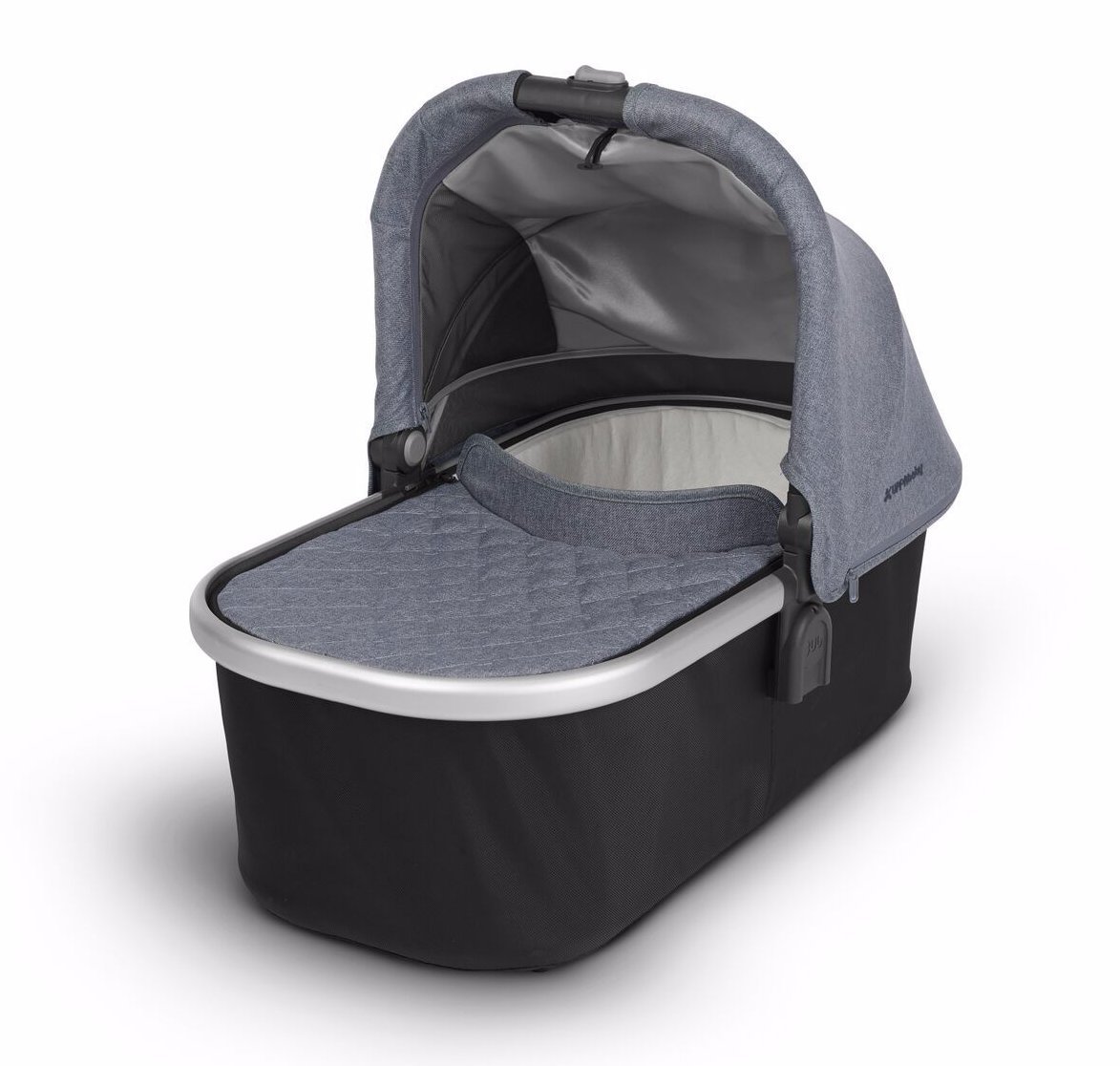Best Double Strollers
Last Updated:
|
Baby Jogger city mini 2 Double
($$$)
|
❯ |
|
Joovy ScooterX2
($$)
|
❯ |
|
UPPAbaby G-LINK 2
($$$)
|
❯ |
|
Graco DuoGlider ClickConnect
($)
|
❯ |
|
Contours Options Elite V2
($$$)
|
❯ |
|
BOB Revolution Flex 3.0 Duallie
($$$)
|
❯ |
|
Evenflo Pivot Xpand
($$)
|
❯ |
|
UPPAbaby VISTA V2
($$$$)
|
❯ |
Please read our Video Policy.
| PLAY |
Review and Demo |
| PLAY |
Review |
| PLAY |
Product Video |
| PLAY |
Another Product Video |
| PLAY |
Harness Removal |
Please read our Video Policy.
| PLAY |
Uppababy G-Link 2 Double Stroller - Unboxing, Set-up and Review! |
There are many Youtube videos for the older model which is still being sold. Although there are some smilarities between the older and newer model, the newer features (such as the lighter weight and newer design) make this a better choice overall.
Please read our Video Policy.
| PLAY |
Product Video |
| PLAY |
Unboxing and Review |
| PLAY |
Assembly Assist |
| PLAY |
Setup For Car Seat Use |
Please read our Video Policy.
| PLAY |
Contours Options Elite V2 (Model ZT025) |
| PLAY |
Contours Options Elite V2 Stroller Instructions (Model ZT025) |
| PLAY |
Contours Options Elite V2 Double Stroller Review |
Please read our Video Policy.
| PLAY |
UPPAbaby VISTA V2 - Set Up + Go |
| PLAY |
UPPAbaby VISTA V2 Review – Best Stroller Travel System of 2021? |
| PLAY |
Uppababy Vista V2, An Impartial Review: Mechanics, Comfort, Use |
| PLAY |
Uppababy Cruz V2 VS Vista V2: Mechanics, Comfort, Use |
What's Trending ...
Here's what's popular in double strollers on Amazon: best sellers (updated hourly), hot new releases, most wished for and ordered as gifts.
Buying Guide
Shopping for a double stroller is more difficult than choosing a traditional or standard stroller.
Learn MoreDouble Strollers Buying Guide
Double and Convertible Strollers
There are two basic types of double strollers: side-by-side and tandem. There’s also the multifunctional convertible stroller. It converts from a single to a double stroller. Each stroller has its pros and cons.
Side-By-Side Stroller
Side-by-side strollers have seats that are positioned next to each other and attached to a single frame. Some models resemble two strollers that are bolted together.
Pros: The seats on side-by-sides usually have the same leg room, weight limit and amenities (like cup holders and snack trays), but on some models the seats can also be reclined independently. Side-by-sides are easy to fold and store when not in use. Both children get the same view and the seating makes it easy for them to interact with each other (some parents consider this a pro, others don’t). Both kids are accessible when pushing the stroller. Overall, side-by-side strollers are easier to push and steer than the inline options (see below).
Cons: Because of their width side-by-sides are usually harder to maneuver through doorways and shopping aisles and tricky to navigate in crowded areas. Configuration options are typically limited. Some models will not accept an infant car seat, others will only accept one. Children of different weights in the stroller can pull it to one side.
Tandem (Inline) Stroller
A tandem stroller is designed so that one child sits behind the other. In some models like our featured Contours Options Elite, the rear seat is raised stadium-style to allow the child in the back to see over the child in front.
Pros: The primary difference between tandem and side-by-side strollers is the width. Since tandem strollers are typically similar in width to a standard stroller, they fit more easily through doorways and aisles than side-by-side strollers. Tandems tend to fold up smaller than side-by-sides, making them easier to fit in trunks (but can be difficult to fit some of them into smaller trunks). They’re also versatile. Some models accept (using adapters) a car seat in one or both stroller seats.
Cons: Tandems are long and steering can be difficult especially for a petite person. The length also makes it difficult to tend to the child sitting in the front seat when pushing the stroller. Typically, not all seats in a tandem will recline fully. This is not an issue if the tandem can accommodate an infant car seat; however, the car seat will usually have to be removed before the stroller is folded.
Convertible Stroller
Convertible strollers are strollers that convert from a single stroller into a double stroller by adding extra seating such as an infant car seat or a bassinet.
Pros: Convertibles give you options with a wide range of seating configurations that work for newborns and toddlers. These configurations can be adjusted to fit a family’s changing needs. Since convertibles are so versatile, they are also a great value.
Cons: Convertible strollers tend to be more expensive than the side-by-side and inline double strollers. While all convertibles can hold two kids, not all can accommodate twins. They are generally big and heavy.
The best double stroller really depends on the family’s needs, lifestyle and how the stroller will be used most often.
